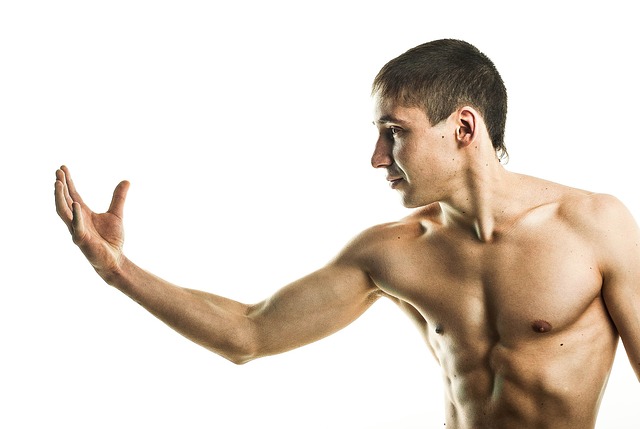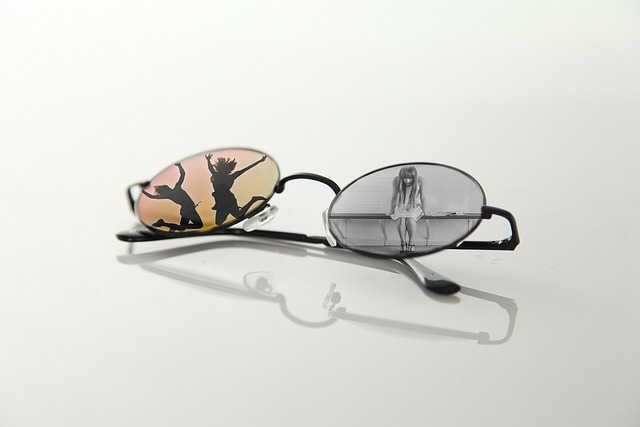
Muscle Movements: The Basics
Muscle movements are like the unsung heroes of our daily lives. They’re the reason you can wave at your neighbor (or avoid eye contact), lift that heavy grocery bag, or even just get out of bed without resembling a rusty robot. But what exactly is happening in our bodies when we move? Let’s break it down into digestible chunks.
The Language of Movement
First off, let’s talk terminology. The human body has a specialized vocabulary when it comes to movement. Think of it as the secret code of the gym bros and anatomy enthusiasts. Key terms include:
- Flexion: Bending a joint, like when you lift your arm to scratch your head (or reach for that last slice of pizza).
- Extension: Straightening a joint, which is basically the opposite of flexion. It’s what happens when you put that pizza slice back down.
- Abduction: Moving a limb away from the midline of the body. Imagine trying to avoid a crowded subway car—arms out, people dodging!
- Adduction: Bringing a limb back towards the midline. It’s like when you realize you’re standing too close to someone and you awkwardly shuffle back.
Muscle Attachments and Actions
Now, let’s get a bit more technical. Muscles attach to bones via tendons, and when they contract, they pull on these bones to create movement at the joints. Think of muscles as the power plants of your body, generating the energy needed to move. Each muscle has a specific role:
- Prime Movers: These are the main muscles responsible for a particular movement. If muscles had a hierarchy, these guys would be the CEOs.
- Synergists: These muscles assist the prime movers. They’re like the loyal assistants who make sure the CEO doesn’t trip over their own feet.
- Stabilizers: These muscles keep everything in place. They’re the unsung heroes, making sure you don’t wobble like a toddler learning to walk.
- Antagonists: These muscles perform the opposite action of the prime movers. They’re like the rival company that keeps things interesting.
Types of Movements in Everyday Life
Understanding muscle movements isn’t just for anatomy nerds; it can actually help you in your day-to-day life. Here are some common movements you probably do without even thinking:
- Walking: A combination of flexion and extension in the legs, plus a bit of coordination that would impress even the best dancers.
- Reaching: Whether it’s for that remote control or the last cookie in the jar, this involves both flexion and extension of the arms.
- Squatting: A great example of flexion at the knees and hips. Just remember to keep your back straight, or you might end up looking like a pretzel.
Final Thoughts
Muscle movements are a fundamental part of being human. They allow us to perform daily tasks, express ourselves, and even avoid awkward situations (like running into an ex). Next time you flex those biceps or stretch out after a long day, remember the complex dance of muscles and joints that makes it all possible. Who knew anatomy could be this entertaining? 💪

















 The Health Care Sharing Ministry Tax Parity Act
The Health Care Sharing Ministry Tax Parity Act 
 Health
Health  Fitness
Fitness  Lifestyle
Lifestyle  Tech
Tech  Travel
Travel  Food
Food  Education
Education  Parenting
Parenting  Career & Work
Career & Work  Hobbies
Hobbies  Wellness
Wellness  Beauty
Beauty  Cars
Cars  Art
Art  Science
Science  Culture
Culture  Books
Books  Music
Music  Movies
Movies  Gaming
Gaming  Sports
Sports  Nature
Nature  Home & Garden
Home & Garden  Business & Finance
Business & Finance  Relationships
Relationships  Pets
Pets  Shopping
Shopping  Mindset & Inspiration
Mindset & Inspiration  Environment
Environment  Gadgets
Gadgets  Politics
Politics 